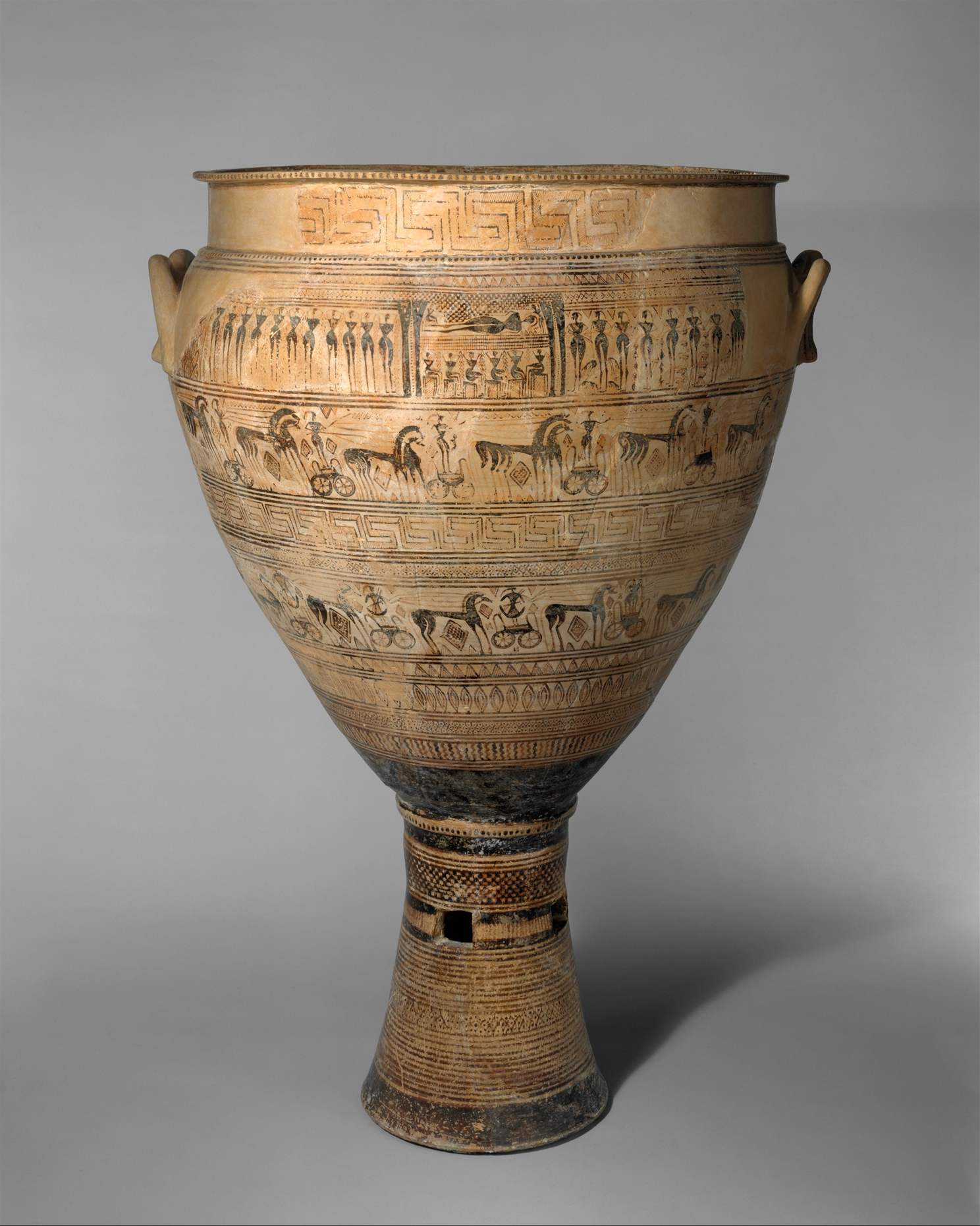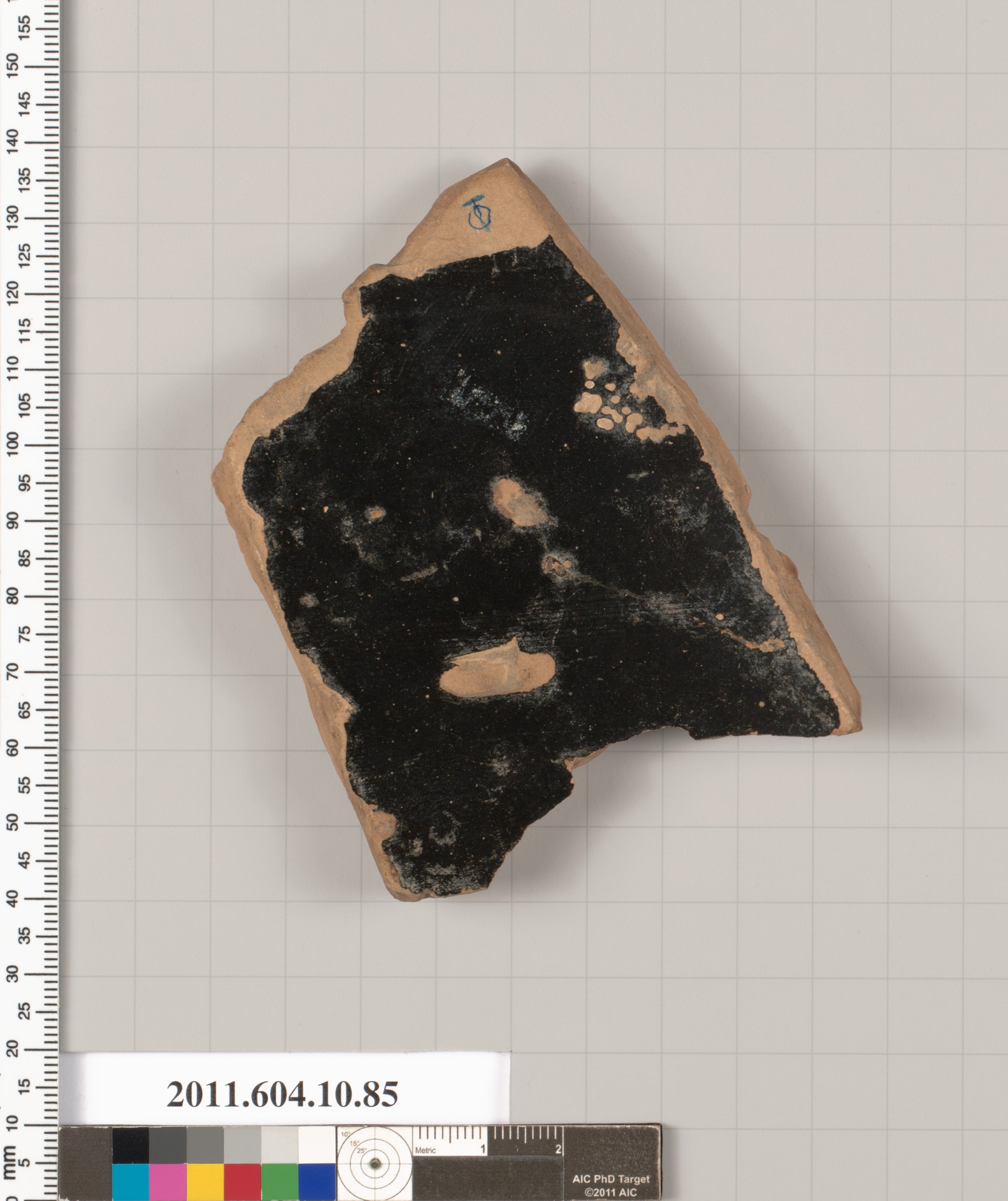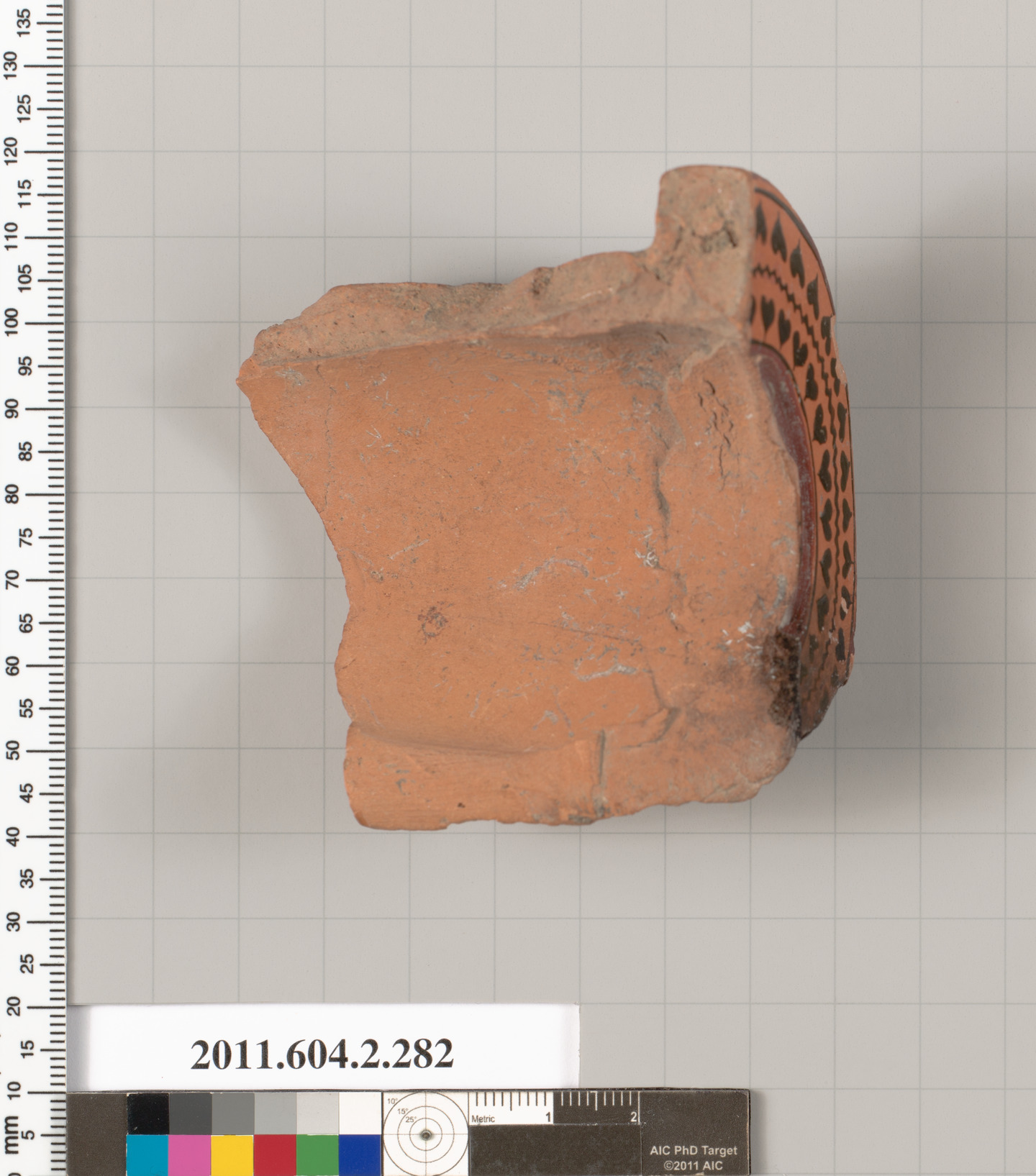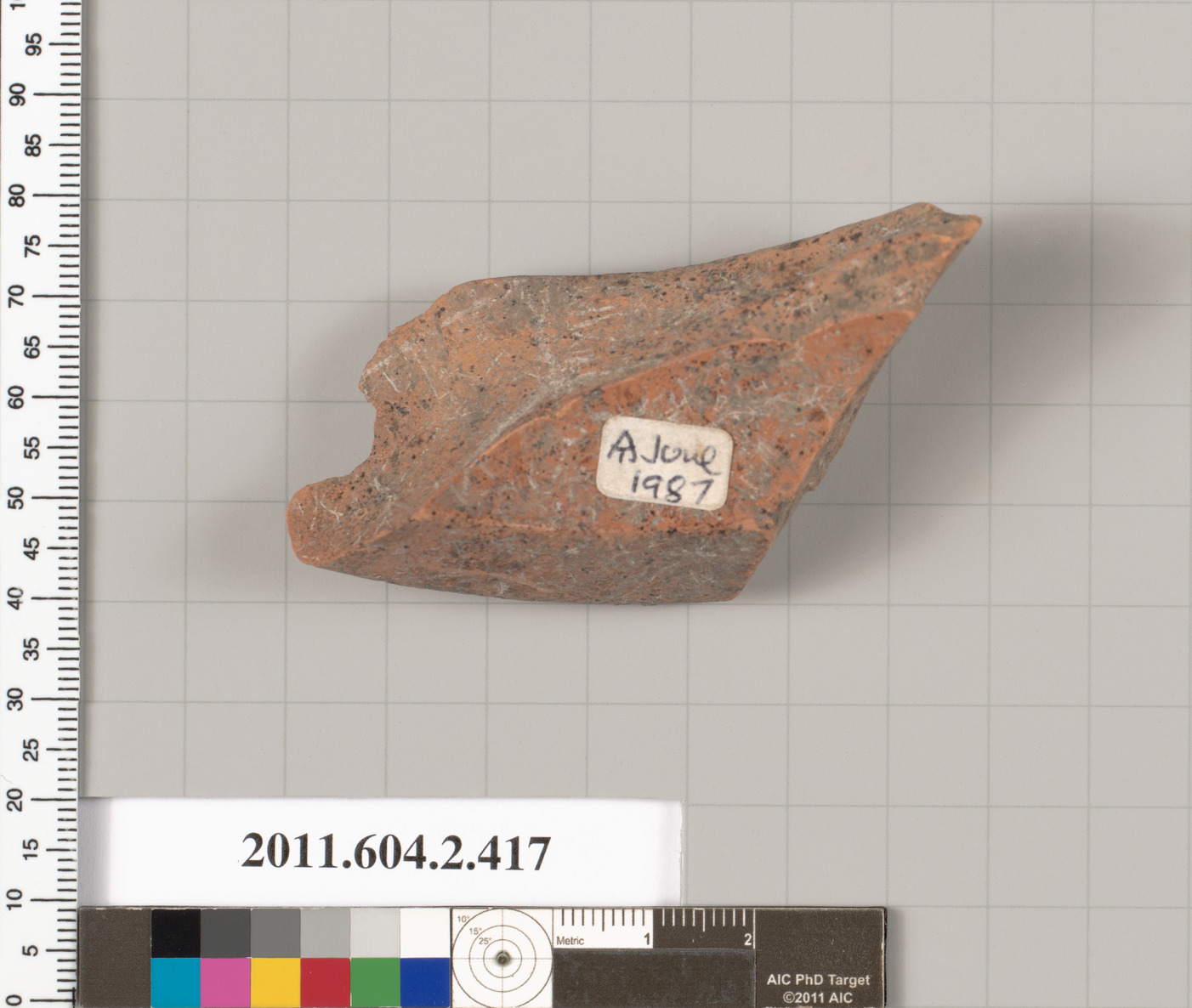

Side B: Three youths, one with strigil, another with staff. Side A: Torch race: two runners with torches, altar, olive tree, prize hydria (water jar). To request a higher resolution file of this image, please submit an online request. RobinsonĪsian and Mediterranean Harvard Art Museums encourage the use of images found on this website for personal, noncommercial use, including educational and scholarly purposes. State, Edition, Standard Reference Number

Robinson, Baltimore, MD, (by 1937-1958), bequest to Fogg Art Museum, 1960. Jacob Hirsch, Geneva and Lucerne, (by 1937), sold to David M. View this object's location on our interactive mapģ6.1 cm h x 39.6 cm diam. The vessel was exported to Gela, a Greek city in Sicily (Italy).īell Krater (bowl for mixing wine and water): Torch RaceĪlternate Title: Red-figure Bell Krater: Torch Race with Prize Hydria Three YouthsĬreation Place: Ancient & Byzantine World, Europe, Gela (Sicily) The olive tree at right suggests that the race honored the goddess Athena and was an Athenian event.

Their bulky bodies and tiny genitalia express physical aptitude and sexual modesty. Reflecting actual practice, the youthful runners are shown nude (“gymnastics” comes from Greek gymnos, “naked”). On this mixing bowl for wine and water, competitors in a torch race run toward an altar with a man in priestly robes and the metal water jar (hydria) awarded to the victor. Text from: Greek athletic games took place in a religious context. The figures may refer to the military exploits of the deceased however, as hourglass shields and chariots played a more limited role at this time than in the earlier Bronze Age, the scene more likely evokes the glorious ancestry and traditions to which the dead man belonged. The zone below shows a procession of chariots and foot soldiers.

For optimal clarity, the dead man is shown on his side and the checkered shroud that would normally cover the body has been raised and regularized into a long rectangle with two projections. On this magnificent krater, the main scene, which occupies the widest portion of the vase, shows the deceased laid upon a bier surrounded by members of his household and, at either side, mourners. It was only in the Archaic period that stone sculptures were used as funerary monuments. (72.4 cm)ĭuring the Geometric period, monumental grave markers were introduced in the form of large vases, often decorated with funerary representations.


 0 kommentar(er)
0 kommentar(er)
